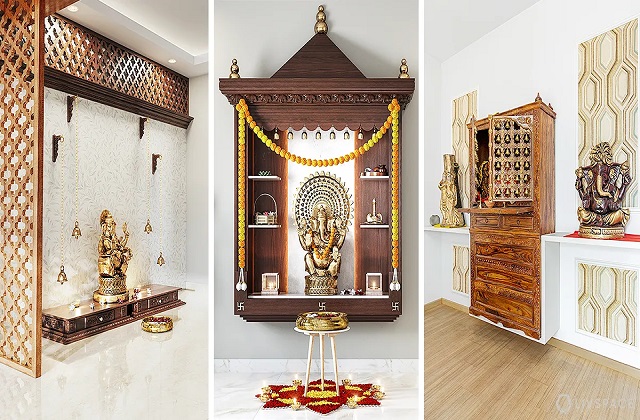Mandir Design Cutting

Mandir Design Cutting
Mandir design cutting involves the creation of intricate and decorative patterns on materials like wood, stone, metal, or other substrates, with the purpose of crafting a beautiful and culturally significant space for worship and meditation. This practice is common in various cultures and is an important aspect of temple architecture and interior design.
One of the key features of mandir design cutting is its attention to detail and precision. Skilled artisans use specialized tools and techniques to carefully carve or etch intricate patterns, religious symbols, and motifs onto the chosen material. These designs often hold deep cultural and spiritual significance.
Mandir design cutting can be adapted to various materials, allowing for diverse applications in temple construction. For example, in wooden mandirs, artisans may use chisels and carving tools to create detailed reliefs on pillars, walls, and ceilings. In stone mandirs, the cutting process may involve intricate engraving or sculpting techniques.
The designs themselves can vary widely based on cultural, regional, and religious influences. Some may feature depictions of deities, while others may incorporate geometric patterns, floral motifs, and sacred symbols. These designs are meant to create a sacred and spiritually uplifting atmosphere within the mandir.
Furthermore, mandir design cutting is known for its ability to enhance the overall aesthetic appeal of the temple. The craftsmanship and artistry involved in the cutting process contribute to the visual splendor of the mandir, making it a place of reverence and beauty.
Additionally, mandir design cutting requires a deep understanding of religious and cultural symbolism. Artisans often work closely with religious leaders and community members to ensure that the designs accurately represent the beliefs and traditions of the faith.
In summary, mandir design cutting is a highly specialized and culturally significant practice that involves the creation of intricate and decorative patterns for temple construction. Its attention to detail, cultural significance, and contribution to the visual appeal of the mandir make it a revered and integral aspect of temple architecture and interior design.
